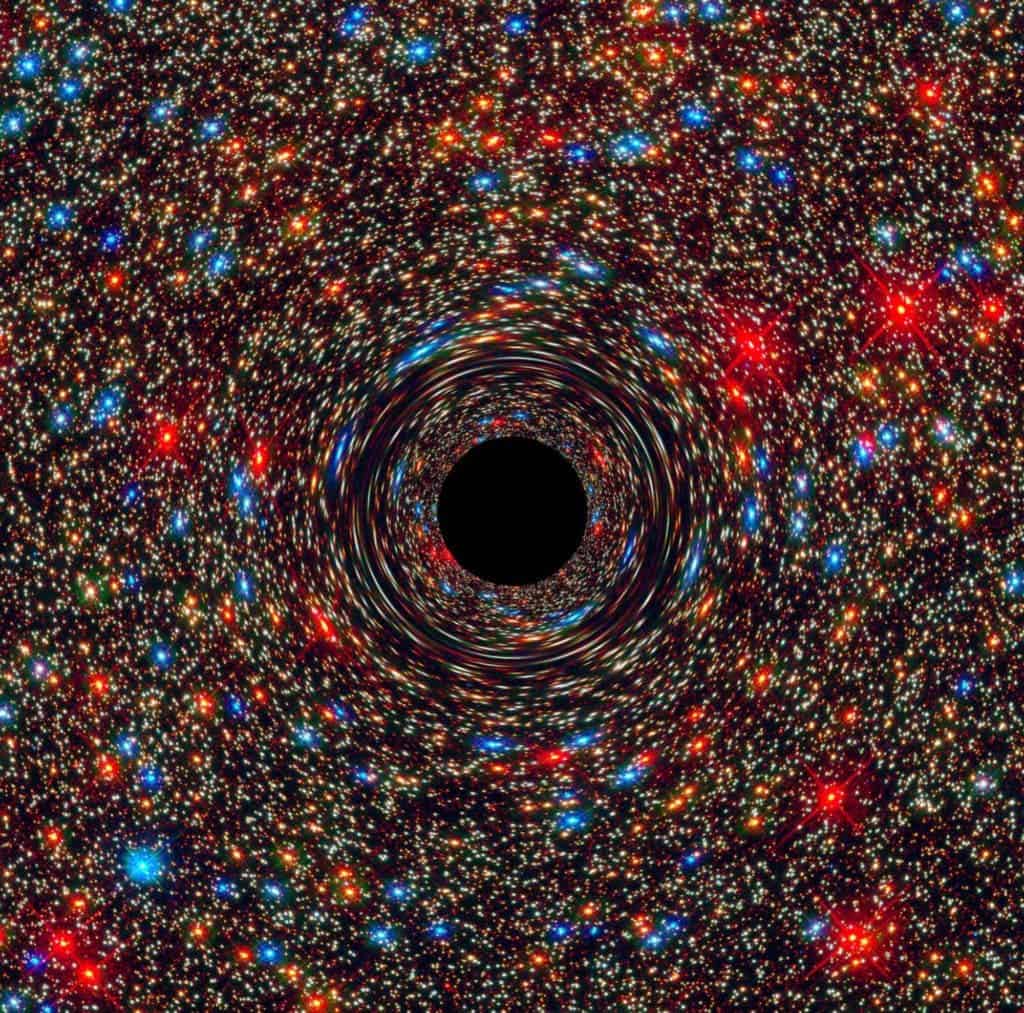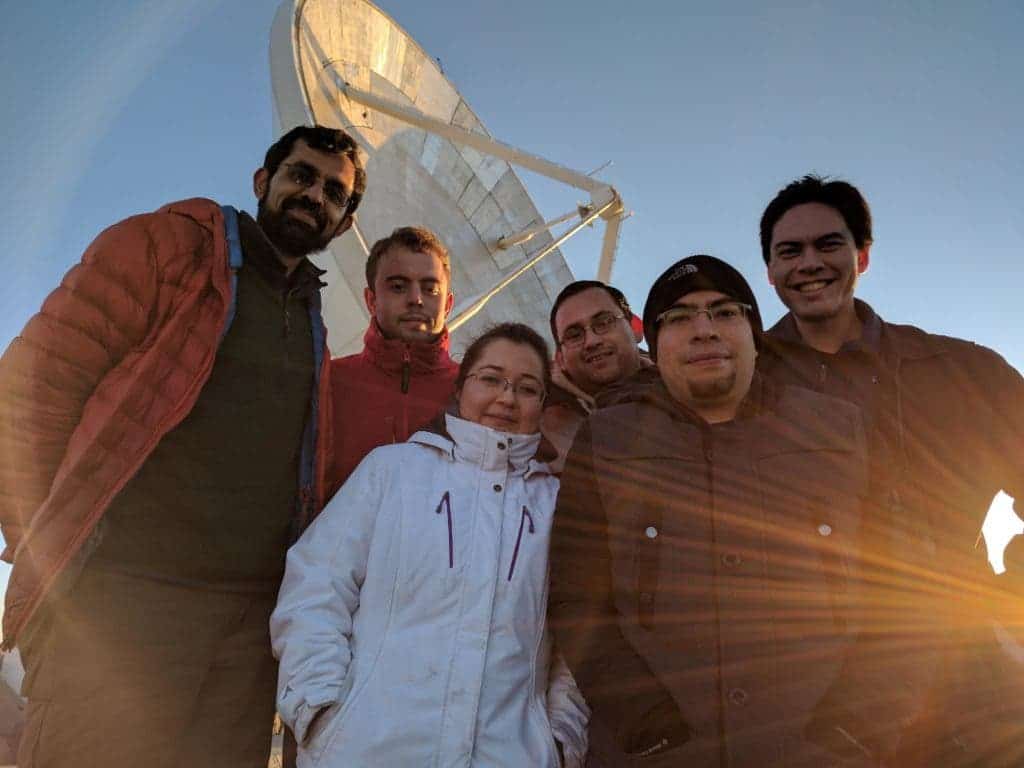
Black holes are maybe the most mysterious objects in the universe. Their dizzying huge mass lends them gravity that pulls anything in their vicinity so much so that not even light can escape their clutches. Despite the huge influence a black hole exerts on its surroundings, paradoxically, by its very, nature a black hole can’t be imaged. Or can it? That’s what astronomers have set out to prove. They will use a system of radio telescopes located all around the world to peer at the gigantic black hole that rests at the heart of the Milky Way.
The hunt for a black hole
The project is known as the Event Horizon Telescope (EHT). Essentially, it links radio observatories from places like Hawaii, Arizona, California, Mexico, Chile, Spain, and Antarctica whose collective power is equivalent to a radio instrument the size of planet Earth. Even this might not be enough to image Sagittarius A* (Sgr A*), the supermassive black hole 4 million times more massive than the sun that lies 26,000 light-years away from us. At this cosmic scale, it’s like trying to image a grapefruit on the surface of the moon, astronomers say.
Combining radio telescopes isn’t exactly new. The technique is called Very Long Baseline Interferometry (VLBI) and has been used for more than a decade but never at this massive scale.
Since this Wednesday, hundreds of astronomers working at eight observatories from four continents have turned their gaze towards Sgr A*. The goal is to image the dark silhouette of the dark hole known as the event horizon, the point of no return from which nothing can be seen and nothing can escape because the necessary escape velocity would equal or exceed the speed of light (a physical impossibility).
[panel style=”panel-default” title=”What Sagittarius A* should look like” footer=””]According to computer simulations, Sagittarius A* should look like a bright ring of light with a very dim interior. If scientists see something else then many things in physics will have to be revised. [/panel]
Beyond the historic possibility of imaging a black hole’s event horizon, the longer-term goal of the project is to answer age-long questions and settle debates about the nature of these exotic cosmic bodies. For instance, the data they’ll gather will help scientists better determine the mass, spin and other characteristics of black holes. Another interesting subject is learning more about how matter accretes into disks around a black hole or how the plasma jets emanating from the black holes behave.

“These are the observations that will help us to sort through all the wild theories about black holes. And there are many wild theories,” says astronomy research professor Gopal Narayanan at the University of Massachusetts Amherst. “With data from this project, we will understand things about black holes that we have never understood before.
Perhaps the most serious question the EHT project might answer has to do with the so-called “information paradox” which arises out of two conflicting theories: quantum mechanics and general relativity. Without going into too many details about the always exotic physics behind quantum mechanics, the theory says information is never truly lost, nor is it truly copied. Unlike quantum mechanics, the general theory of relativity predicts exactly what happens, not probabilities for various things to happen, and calculations suggest information can be destroyed.
“At the very heart of Einstein’s general theory of relativity, there is a notion that quantum mechanics and general relativity can be melded, that there is a grand, unified theory of fundamental concepts,” Narayanan said. “The place to study that is at the event horizon of a black hole.
EHT will also image the supermassive black hole at the center of the Messier 87 galaxy which is much farther away than Sgr A*. This black hole is about 6 billion times more massive than our sun and hence should have a much bigger event horizon.
“All we can do now is point our telescope towards these super-massive black holes and wait to see if the EHT has detected for the first time the most convincing physical manifestation of a singularity in space, the black-hole shadow and its event-horizon,” says David Hughes, Large Millimeter Telescope (LMT) director, in a statement.
This is a massive undertaking and it will take years to piece together all the collected data. So much data will be generated that it’s more feasible to fly hard drives to the to the central processing facility at the Massachusetts Institute of Technology’s Haystack Observatory than sending it over the web. The first round of results from EHT will likely appear sometime around next year.






